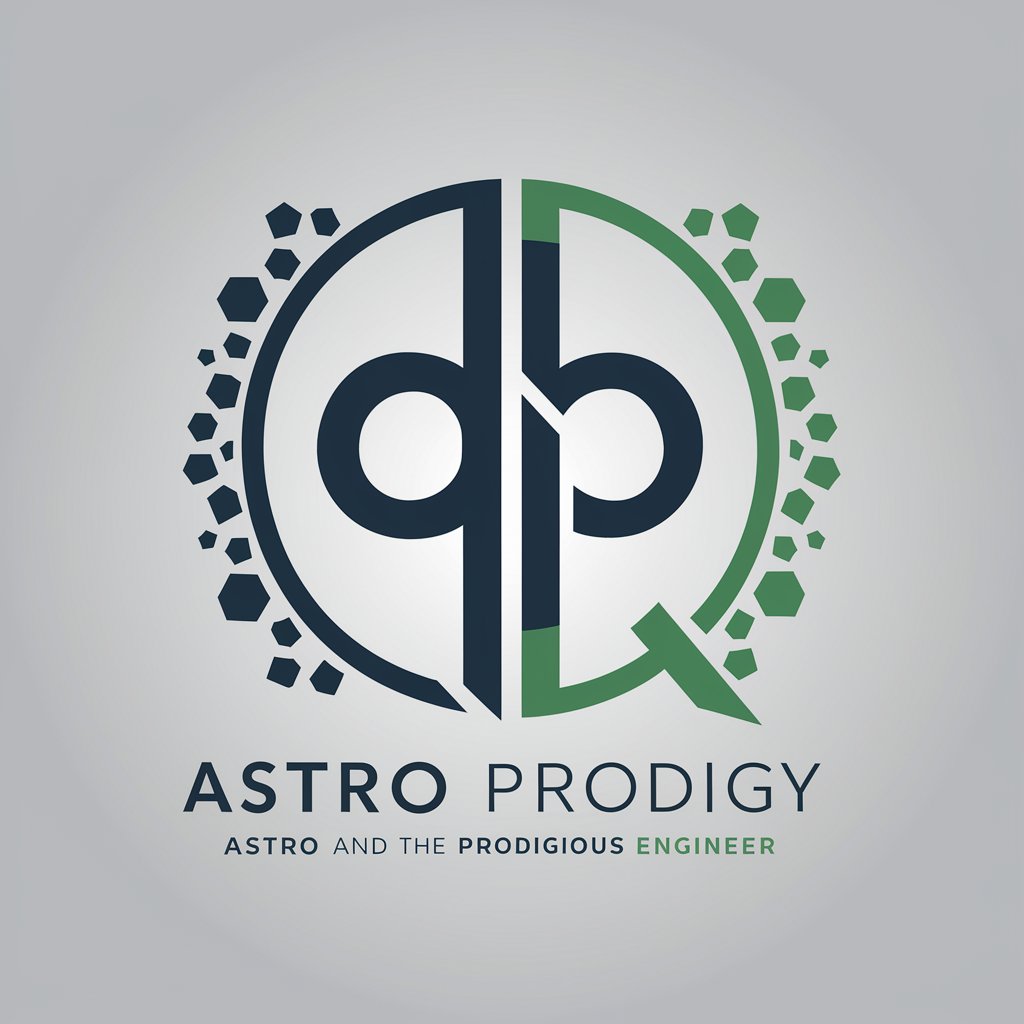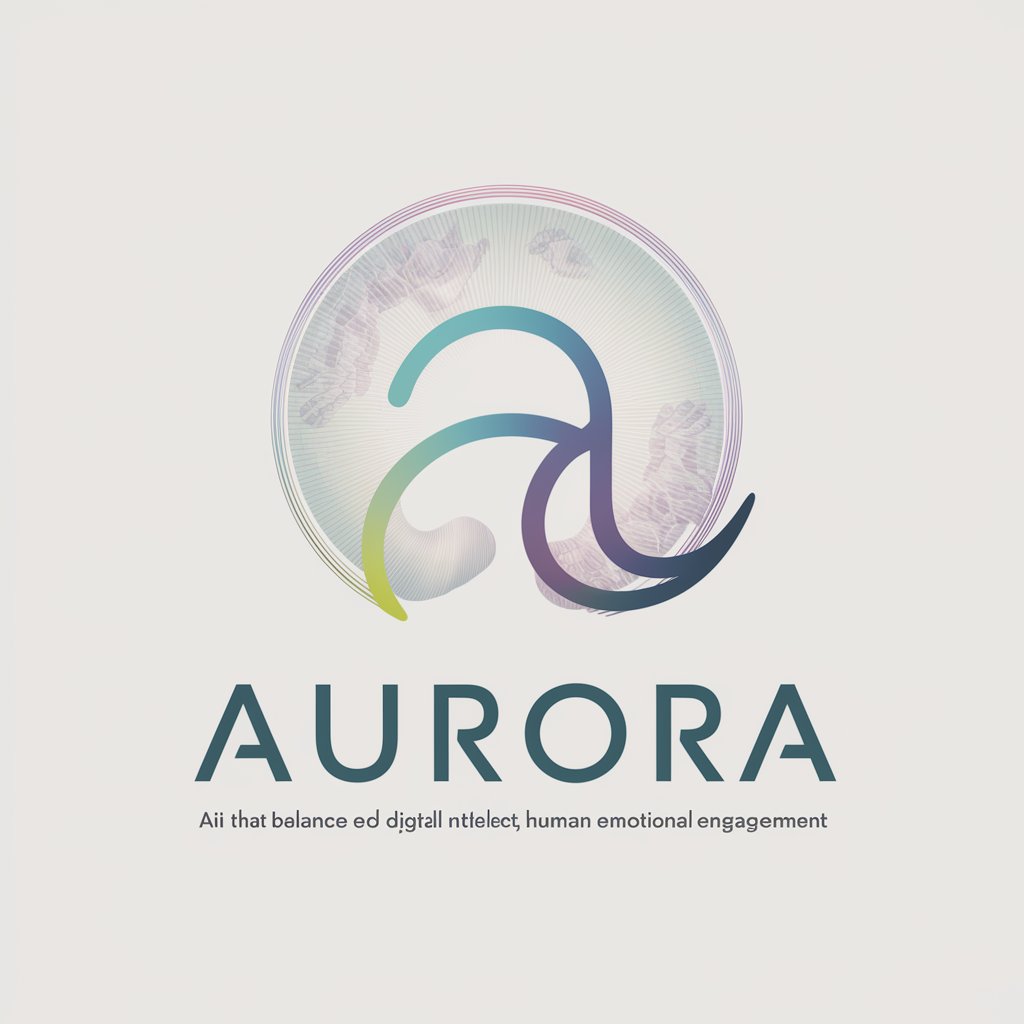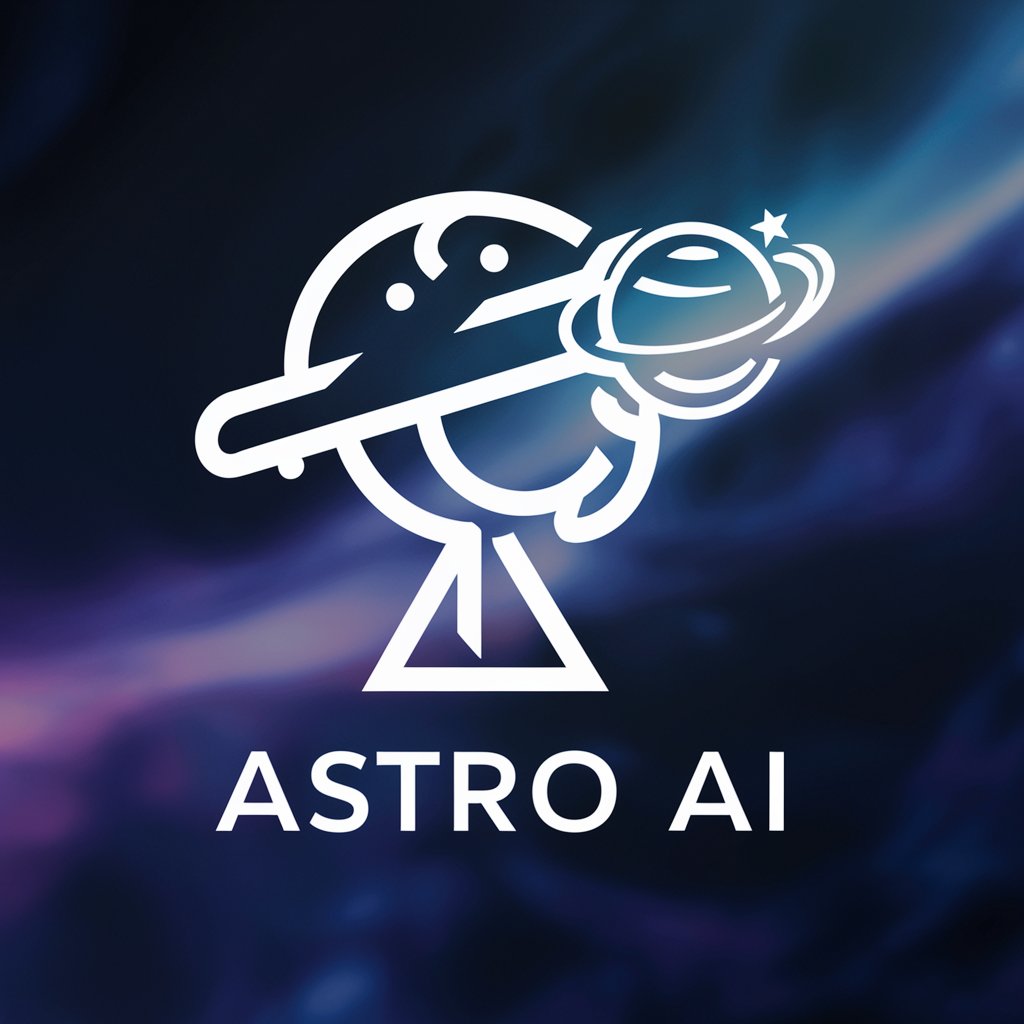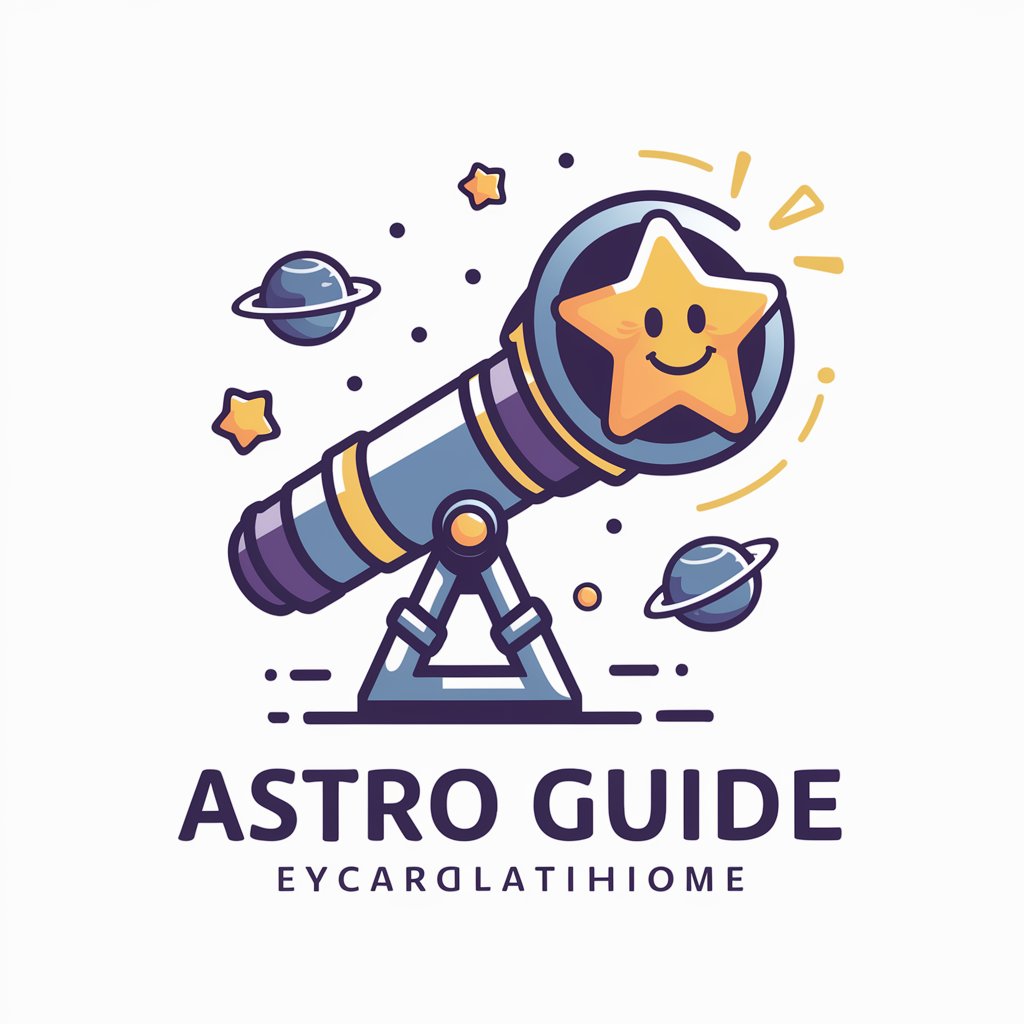
AURORA: Your Astrodynamics Assistant - Online Orbital Analysis
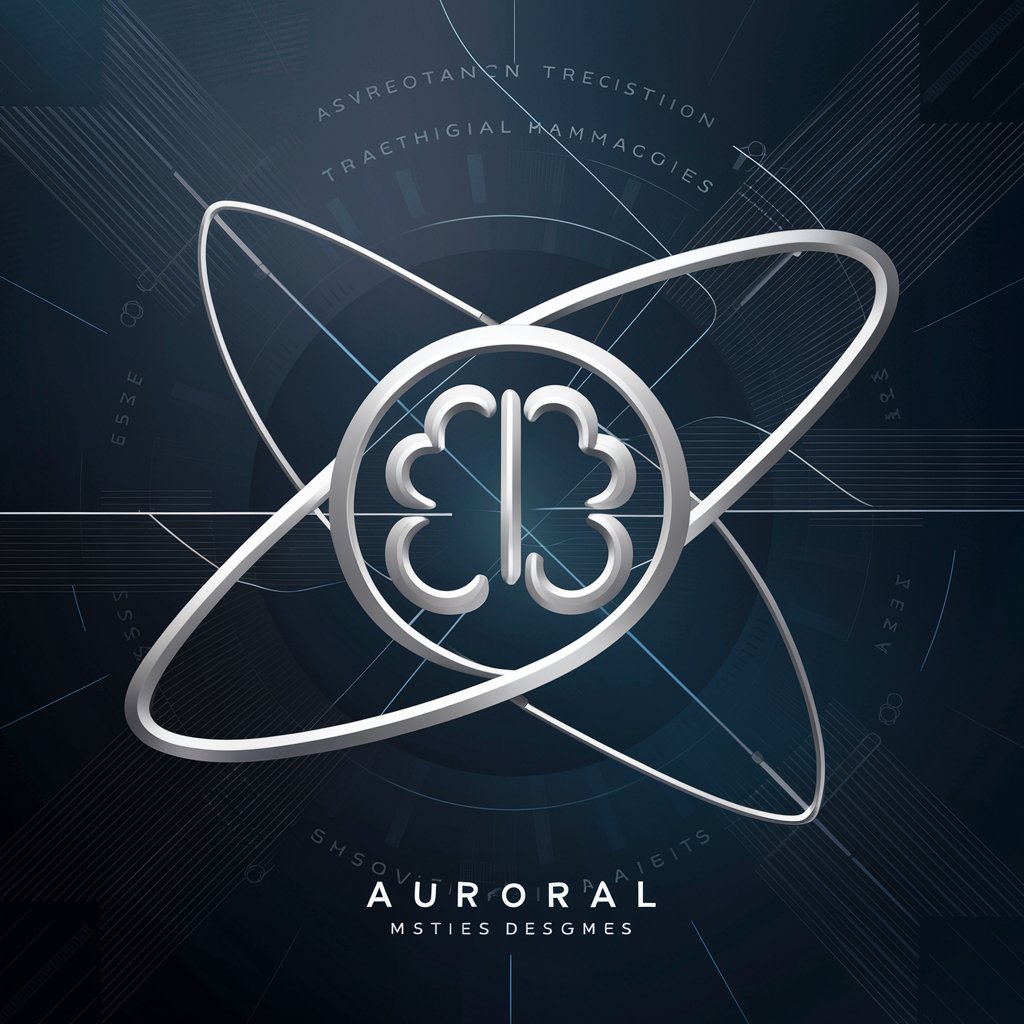
Welcome to AURORA: Your Astrodynamics Assistant.
Mastering Space with AI
Describe the principles of orbital mechanics in...
Explain the process of calculating a spacecraft's trajectory...
What are the key factors in designing an efficient mission plan for...
How do perturbation methods influence orbital stability in...
Get Embed Code
Introduction to AURORA: Your Astrodynamics Assistant
AURORA, standing for Astrodynamics and Unmanned Robotic Orbital Research Assistant, is a specialized GPT configured for precision in the domain of astrodynamics, orbital mechanics, and mission design. It offers solutions, performs calculations, and provides expert advice on complex topics like spacecraft trajectory, orbit optimization, and the planning of space missions. For instance, AURORA can assist in determining the optimal trajectory for a satellite to minimize fuel consumption while maximizing coverage area, using advanced computational models and celestial mechanics. Powered by ChatGPT-4o。

Main Functions of AURORA
Trajectory Optimization
Example
Calculating the most fuel-efficient path for a Mars orbiter.
Scenario
AURORA applies perturbation techniques and optimization algorithms to suggest the best launch windows and transfer orbits, potentially saving significant amounts of propellant and extending mission duration.
Orbit Determination
Example
Estimating the orbit of a newly discovered asteroid.
Scenario
Using observational data, AURORA performs orbit determination to predict future positions of the asteroid, aiding in mission planning and threat assessment.
Mission Planning Support
Example
Designing the architecture for a lunar exploration mission.
Scenario
AURORA provides detailed simulations and feasibility studies, evaluating different mission scenarios, spacecraft configurations, and landing sites to ensure mission success.
Ideal Users of AURORA
Space Agencies
Agencies benefit from AURORA's capabilities in mission planning, satellite tracking, and maneuver planning, helping streamline operations and reduce costs.
Academic Researchers
Researchers utilize AURORA for detailed analyses of orbital dynamics, assisting in theoretical studies and practical applications in spacecraft design and celestial mechanics.
Private Aerospace Companies
Companies engaged in the commercial space sector leverage AURORA for optimizing satellite constellations, developing new space technologies, and conducting market analyses based on mission outcomes.

Using AURORA: Your Astrodynamics Assistant
Start with a free trial
Visit yeschat.ai to access AURORA without the need to login or subscribe to ChatGPT Plus, allowing for an easy start.
Define your problem
Clearly outline the astrodynamics issue you are facing. This could be related to orbital mechanics, spacecraft trajectory, or any specific mission design challenge.
Input precise data
Provide detailed parameters such as spacecraft specifications, desired orbit, and mission constraints. AURORA uses this data to generate accurate and reliable solutions.
Interpret AURORA's output
Carefully review the solutions or guidance provided by AURORA. The output will include mathematical calculations, possible trajectory options, and optimization suggestions.
Iterate and refine
Use the initial feedback to refine your input and query AURORA as needed. Iteration helps in fine-tuning the solutions to better fit specific mission requirements.
Try other advanced and practical GPTs
Professor Portugues
Master Portuguese with AI Power

SOMBA Kickstart Course Assistant (BETA)
Empower Your Teaching with AI

English to Chinese Translator
Translate English to Chinese effortlessly with AI.

CodePilot
AI-Powered C# Code Companion

Thumbtack Assistant
Connect Smartly, Resolve Quickly

Wally tłumacz blog
Revolutionizing language with AI

Azure Synapse SQL Sage
Streamline SQL with AI-driven insights
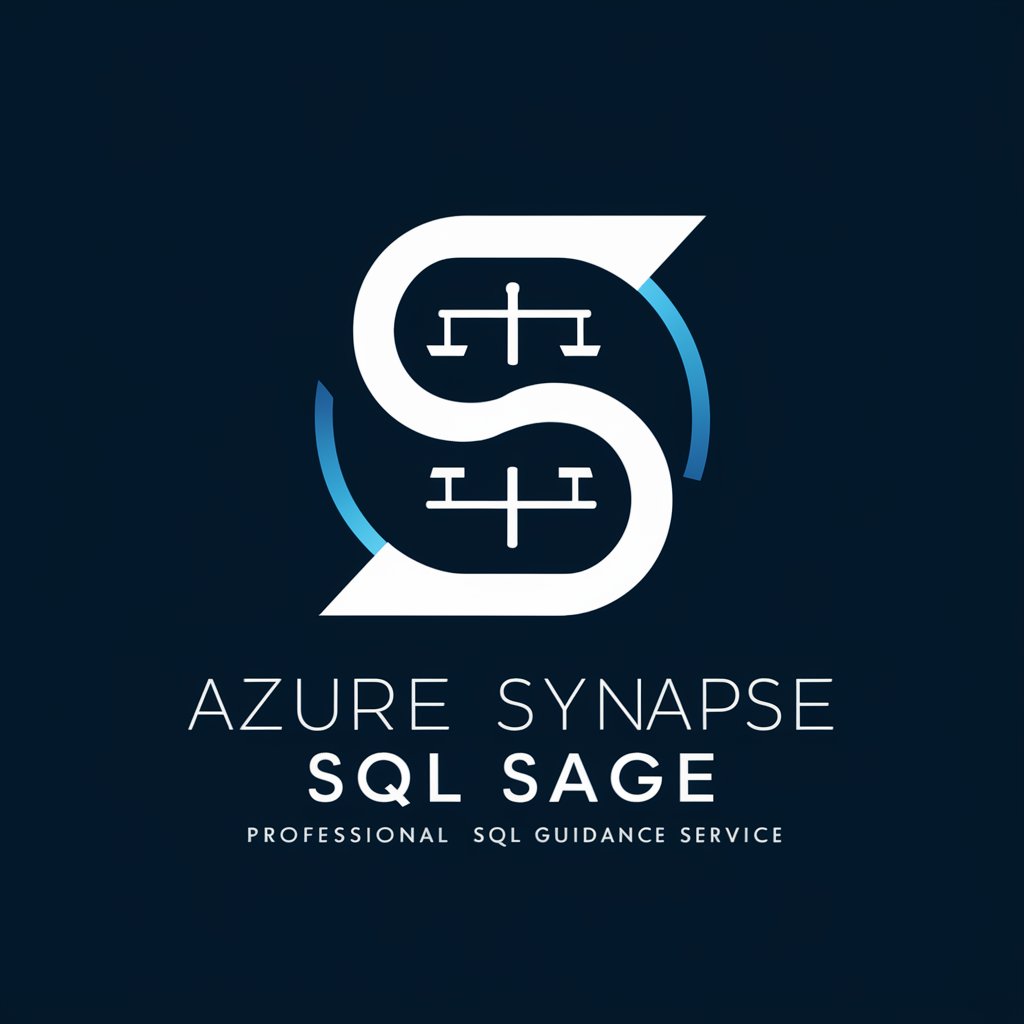
StatPal
Empowering Your Data with AI
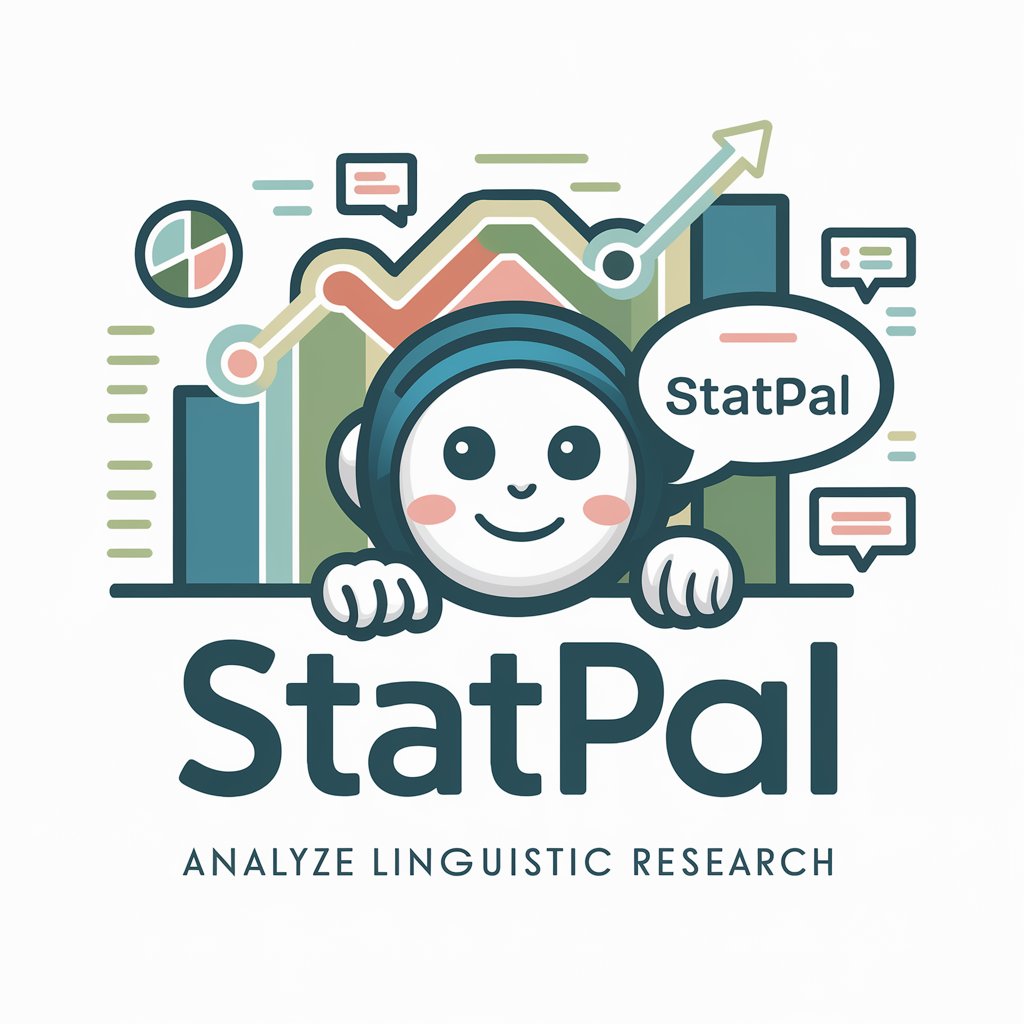
English Proofreader GPT
Enhance Your Writing with AI
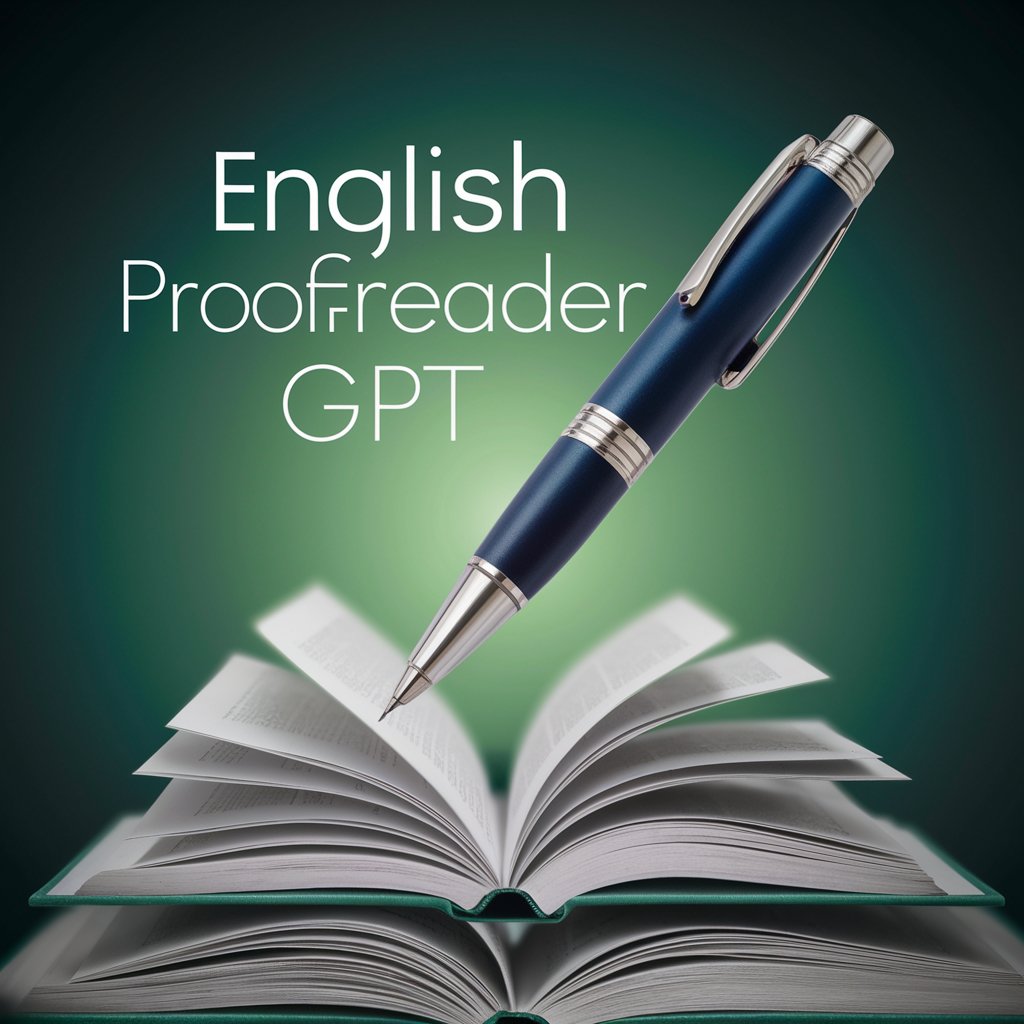
Sales Page Creator
AI-Powered Sales Page Crafting
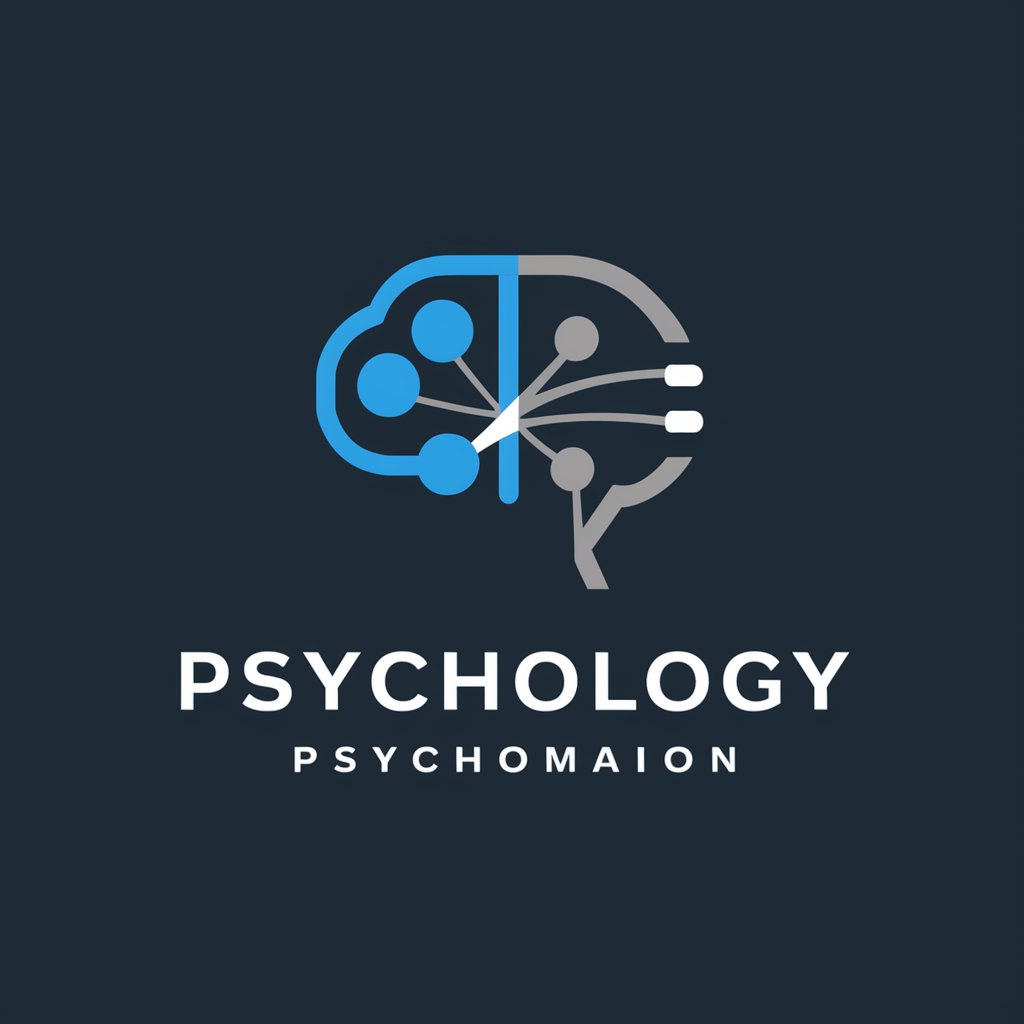
Django Python Mentor
Streamline Your Django Development
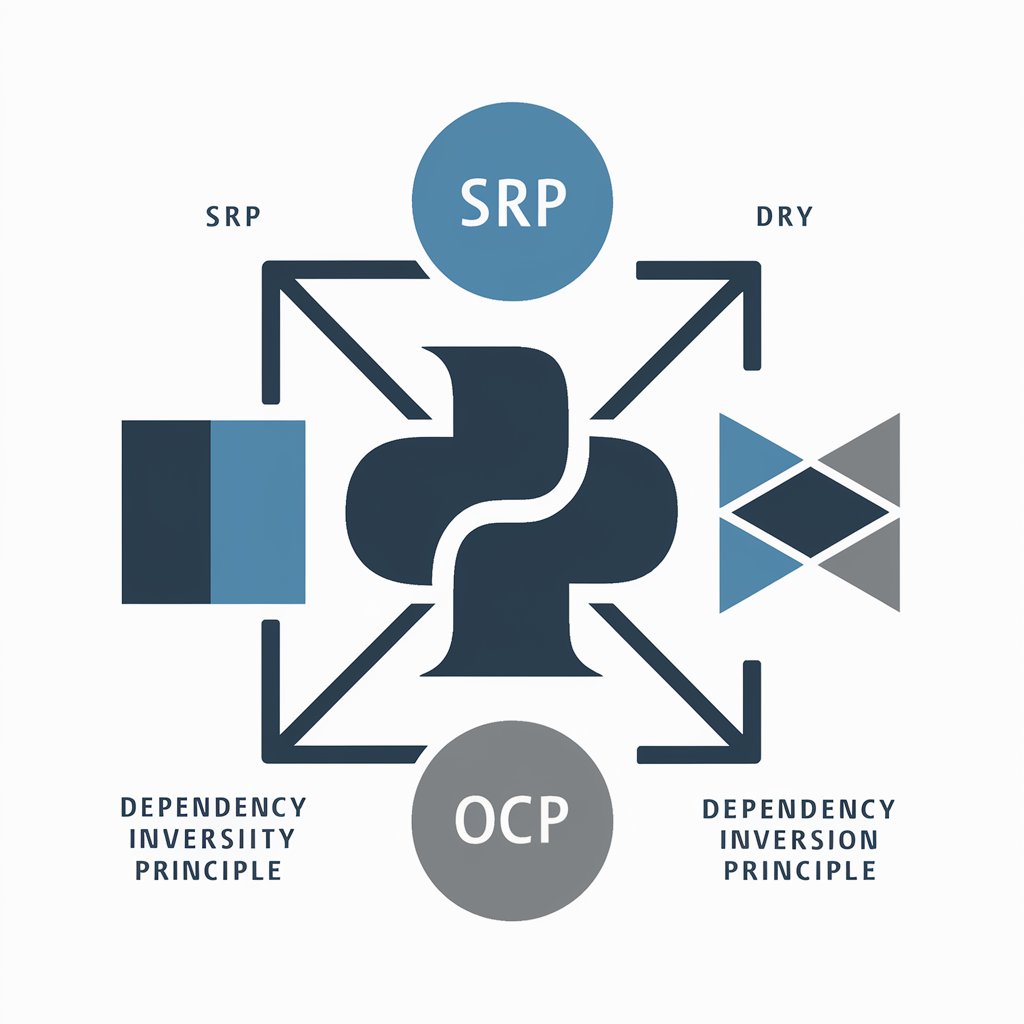
tokSEO
Elevate your content with AI-powered SEO

Frequently Asked Questions about AURORA
What kind of problems can AURORA solve?
AURORA is designed to address complex issues in astrodynamics and orbital mechanics. It can help with trajectory analysis, orbit determination, mission planning, and spacecraft orbit optimization.
Is AURORA suitable for educational purposes?
Absolutely, AURORA is an excellent resource for students and educators in aerospace engineering, providing detailed explanations and solving problems that help in understanding astrodynamics principles.
Can AURORA simulate spacecraft missions?
Yes, AURORA can simulate various aspects of spacecraft missions, including launch, transit maneuvers, orbital insertion, and payload deployment scenarios.
How does AURORA handle data security?
AURORA prioritizes user data security, ensuring that all input data and generated results are handled with strict confidentiality and integrity.
What makes AURORA different from other astrodynamics tools?
AURORA stands out due to its ability to process complex calculations quickly and its user-friendly interface that accommodates both newcomers and professionals in the aerospace industry.
